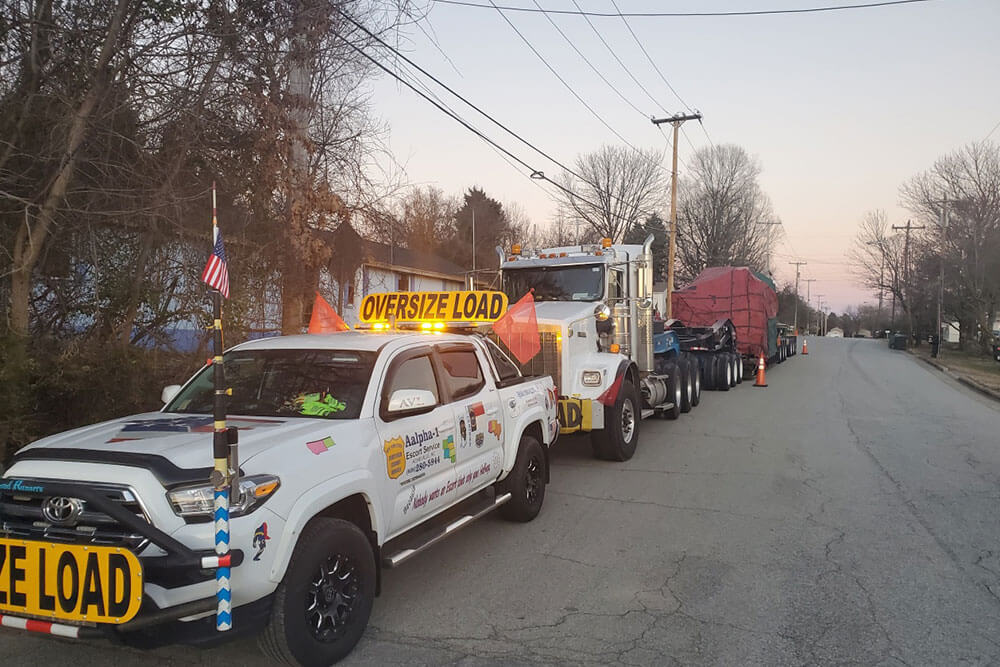In the world of oversize load transportation, pilot car drivers play a critical role in ensuring the safe and efficient delivery of large goods across the United States and Canada. However, this job comes with its own set of risks, particularly when it comes to fall hazards. Pilot car drivers often find themselves navigating challenging environments and facing various dangers that can lead to falls and injuries. In this article, we will explore some of the most common fall hazards that pilot car drivers encounter on the road.
Uneven Terrain
One of the primary fall hazards for pilot car drivers is uneven terrain. Whether they are guiding an oversized load through a construction zone or navigating a remote rural road, pilot car drivers frequently encounter rough and uneven surfaces that can pose a significant risk of tripping and falling. It is essential for pilot car drivers to remain vigilant and always be on the lookout for uneven terrain to avoid potential accidents.
Adverse Weather Conditions
Adverse weather conditions such as rain, snow, ice, and fog can greatly increase the risk of falls for pilot car drivers. Slippery roads and reduced visibility make it challenging to maintain balance and control while on the job. Pilot car drivers must be prepared to navigate through various weather conditions safely and take appropriate precautions to prevent falls, such as wearing slip-resistant footwear and adjusting their driving speed to match the road conditions.
Working at Height
Another common fall hazard for pilot car drivers is working at height. Whether they are setting up warning signs, directing traffic, or assisting in the loading and unloading of oversized loads, pilot car drivers often find themselves working at elevated positions that increase the risk of falls. It is crucial for pilot car drivers to use proper fall protection equipment such as harnesses and lanyards when working at height to prevent accidents and injuries.
Fatigue
Fatigue is a significant risk factor for falls among pilot car drivers. Long hours on the road, irregular schedules, and the demanding nature of the job can lead to reduced alertness and coordination, increasing the likelihood of accidents. It is essential for pilot car drivers to prioritize rest and breaks during their journeys to prevent fatigue-related falls and ensure their safety on the road.
Traffic Hazards
Navigating through heavy traffic is a daily challenge for pilot car drivers, and it can also pose a significant fall hazard. Sudden stops, distracted drivers, and unpredictable road conditions increase the risk of accidents and falls for pilot car drivers on the job. Staying focused, maintaining a safe distance from other vehicles, and being prepared for unexpected traffic situations are crucial for preventing falls and ensuring a safe journey for oversized loads.
Final Thoughts
Pilot car drivers face various fall hazards in their line of work, from uneven terrain and adverse weather conditions to working at height, fatigue, and traffic hazards. By staying alert, taking appropriate precautions, and prioritizing safety on the road, pilot car drivers can mitigate these risks and reduce the likelihood of falls and injuries while ensuring the successful transportation of oversize loads across the United States and Canada. Stay safe out there!

